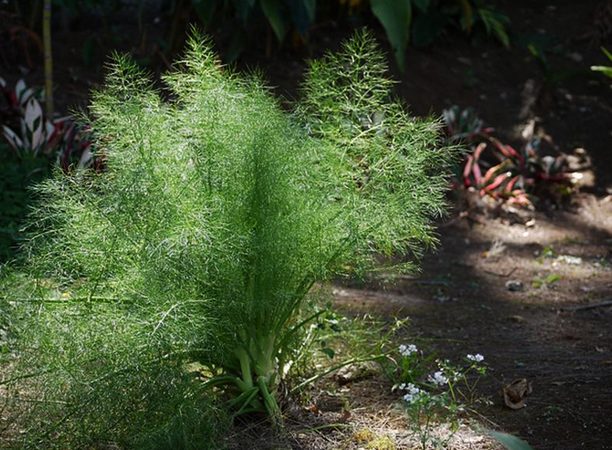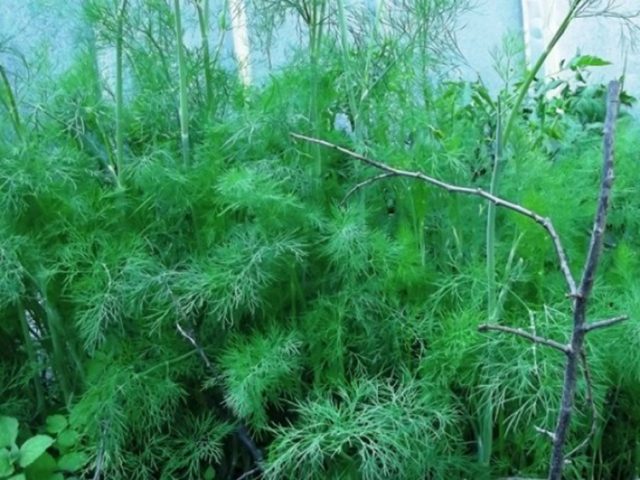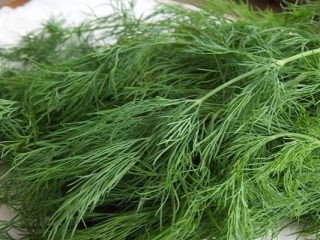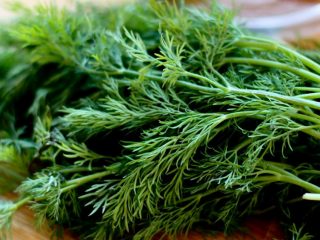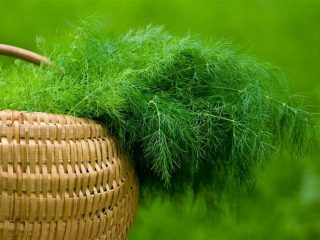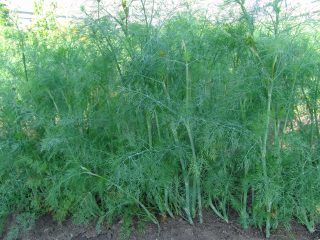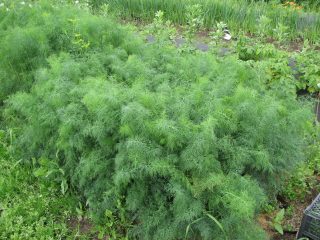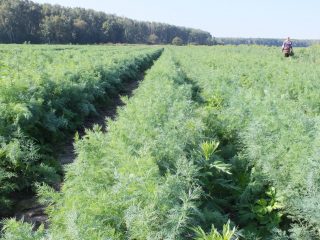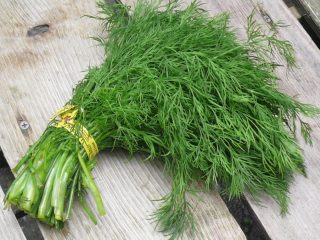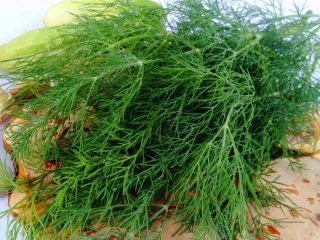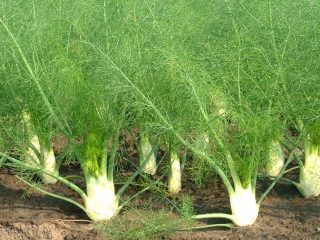Content
Mammoth dill was included in the State Register of Breeding Achievements in 2002. Its originator is the Biotechnics Association of St. Petersburg. The variety is recommended for cultivation on private plots in all regions of Russia.
Description of dill Mammoth
The rosette of leaves of the Mammoth variety is semi-raised. It belongs to the mid-season, the ripening period for greens is 42 days, and for spices - twice as long.
The leaves are large, grayish-green, covered with a waxy coating, medium-cut. During flowering, the height of the stem reaches 1.5 m. The bush is compact.
Essential oil gives the Mammoth variety a special aroma. The plant is used in folk medicine to treat diseases of the digestive system, to increase appetite, and normalize metabolism.
Productivity
The Mammoth dill variety, according to the description of the originator, is distinguished by good yield and a pleasant, strong aroma. One plant weighs about 8 g when harvested for greens, and up to 24 g for spices. The yield of the Mammoth variety when harvesting leaves for greens is 1.7 kg/sq. m, when harvesting for spices - 3 kg/sq. m.
Sustainability
Plantings of the Mammoth variety are resistant to unfavorable climatic conditions, fungal and viral diseases, and are rarely affected by pests.To prevent diseases, it is necessary to carry out pre-sowing tillage and treat the seeds.
Advantages and disadvantages
The advantages of Mammoth dill, judging by the photos and reviews of gardeners, include good yield and high quality greens. The plant withstands unfavorable weather conditions, quickly grows green mass, and is rarely affected by diseases and pests. The variety has no disadvantages.
Landing rules
For those who grow dill in the country, it is best to sow the seeds in late autumn. To collect an early harvest, you can sow the seeds of the Mammoth variety in seedling boxes in April. When it gets warmer, transplant the bushes into open ground and collect young dill from the garden at the end of May.
Recommendations for choosing a location and sowing seeds:
- The Mammoth variety will not grow on heavy, dense soil or in a low place. The soil should be loose and fertile, the place should be well lit.
- In order for the plants to develop well, the bed is filled with humus and complex fertilizer before sowing. Superphosphate or nitrophoska can be added to the furrows along with the seeds.
- Under favorable conditions, seedlings appear on the 8-9th day.
- The seedlings are thinned out, leaving a distance of at least 5 cm between them.
Growing Dill Mammoth
Caring for dill is very simple - the plant needs weeding and thinning, watering and loosening the soil. No treatments for insect pests or diseases are carried out.
After watering and rain, the soil in the garden bed must be loosened the next day. If precipitation occurs frequently, there is no need to water.For better growth, dill is sprayed over the leaves with Epin and Zircon, as well as microfertilizer solutions.
Diseases and pests
Root aphids sometimes settle on dill. This insect lands on a bed of contaminated seeds. As a preventive measure, etching in a solution of potassium permanganate for 15 minutes will serve.
Fusarium wilt is also characteristic of dill. Most often it develops during unfavorable weather - a sharp change in temperature, high humidity, cold snap.
Conclusion
Mammoth dill is distinguished by its high yield, pleasant aroma and taste. It is grown in garden plots in all regions of Russia. The plant does not need special care.
